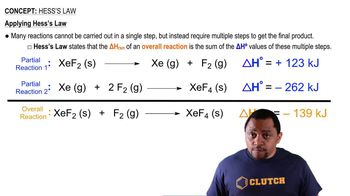Classify each statement as an observation, a law, or a theory.
a. All matter is made of tiny, indestructible particles called atoms.
b. When iron rusts in a closed container, the mass of the container and its contents does not change.
c. In chemical reactions, matter is neither created nor destroyed.
d. When a match burns, heat is released



